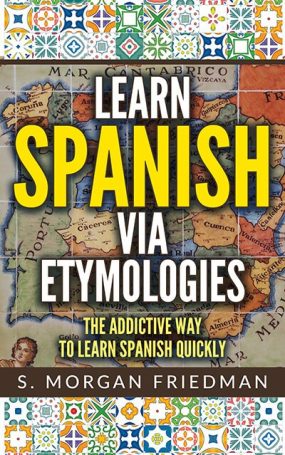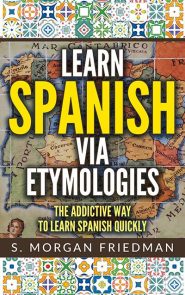Costilla, Spanish for “rib,” is a close cousin of the English coast and accost. All come from the same Latin root, costa, meaning, “side.”
Thus, your rib is literally, “what which is on your side” and to accost is literally, “to come up to you from the side” and, of course, the coast is the definition of the side, your side boundary.
The c-s-t root is clearly visible in all descendents of costa.

